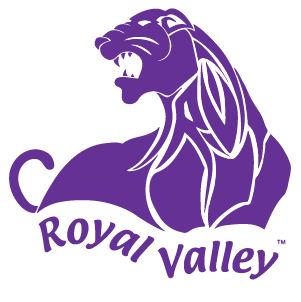Skip to content
Show submenu for District
District
Show submenu for Quick Links
Alumni
Show submenu for Prairie Band Potawatomi
Prairie Band Potawatomi
Clubs/Organizations
Athletics/Activities
Native American Singers and Dancers
RVHS Paw Print
Show submenu for
